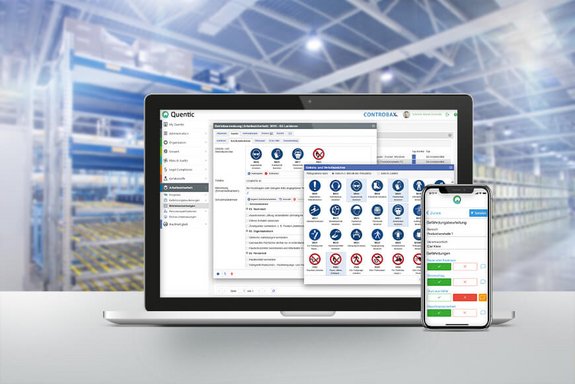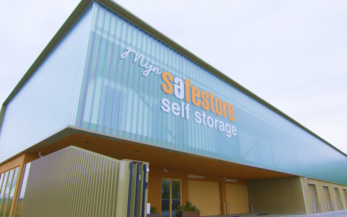5 min05/04/2023
by Daniel Hummerdal
Health and safety is a field rife with imitation. Creativity is rare, and at best you will find some diversity in the layout and naming conventions of, say, operational risk assessments. Otherwise, it is as if solutions are simply copied and pasted from one organization to the next.
In this article, you'll learn why we tend to copy and paste when it comes to occupational safety, and what the consequences are. We will also show you how to solve the copy-paste dilemma and how you can benefit from a creative approach to legal requirements in occupational health and safety.






